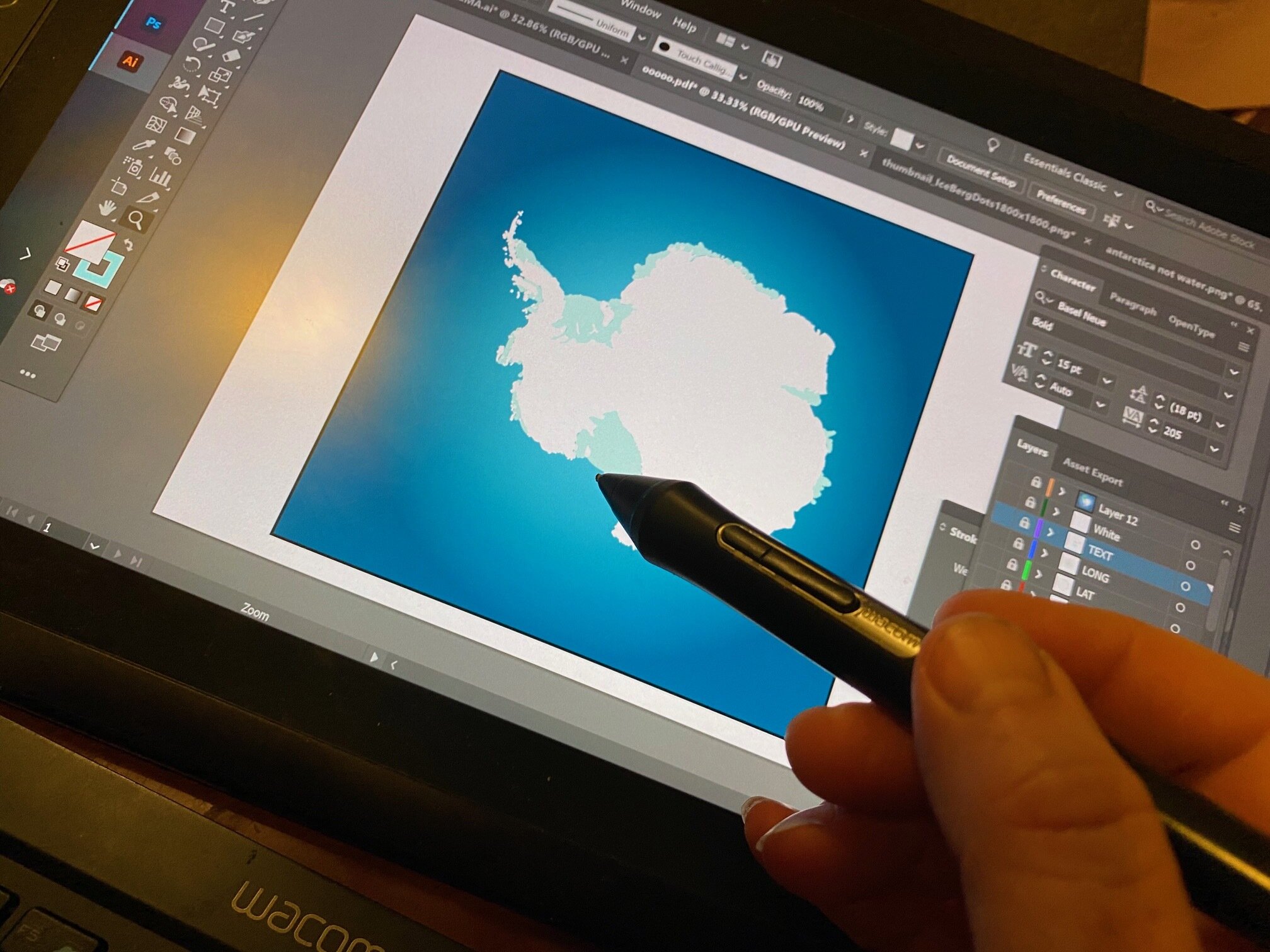It’s hard to believe it’s four weeks since I returned from IODP Expedition 382 Iceberg Alley and Subantarctic Ice & Ocean Dynamics, a research cruise in the Southern Ocean.
I’ve sat down and tried numerous times to write something that captures this experience and my feelings about it, but it’s too vast, too extraordinary, too profound. I can tell you I miss almost everything about it: the beauty, the science, the learning, and the job of Education & Outreach Officer.
I miss a daily role in our important work and bringing our science to the public. That said, it continues… Since I’ve returned, I’ve given three presentations about our science and the melting of the Antarctic Ice Sheet to middle and high school students, with other talks scheduled. I’ve also been working on completing a book about icebergs, which will soon be available as a free resource on the JOIDES Resolution site.
Most of all, as I sit here alone in my quiet home office, without the rolling of the ship and the wheezing of the machines in the core lab, I miss a truly exceptional group of people.
In time, presumably, the words will pour from me. For now, I paint.









